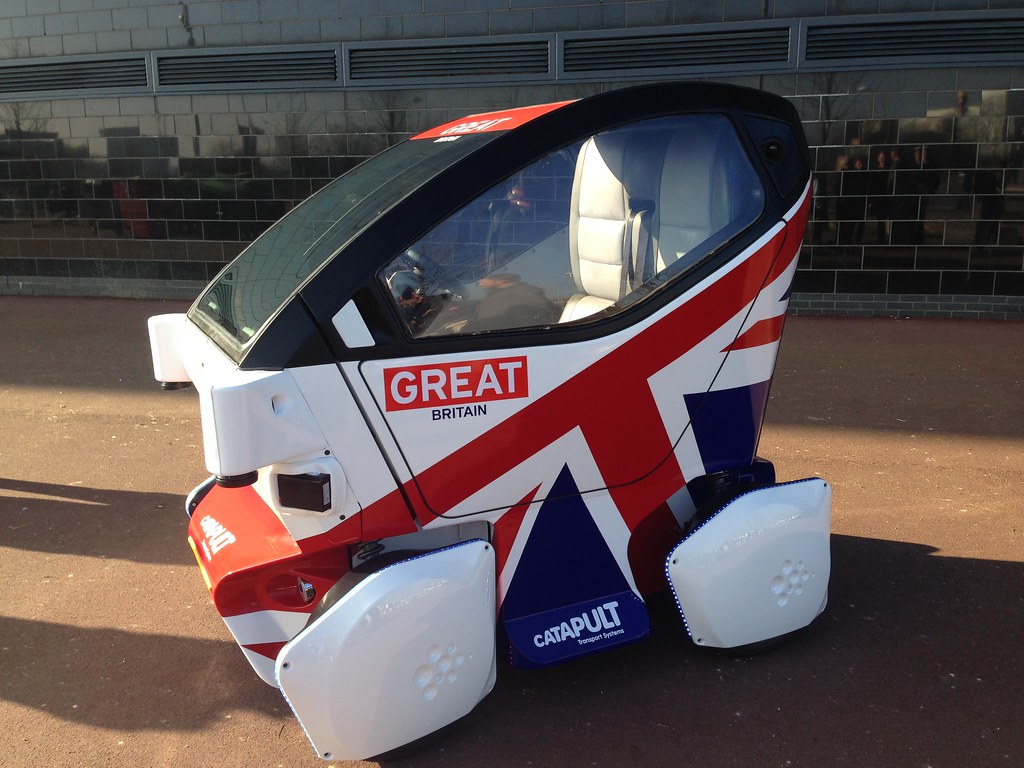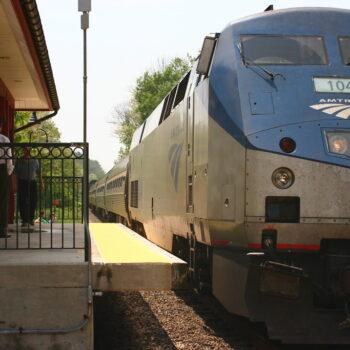Driverless cars, crazy how that works right? All this time we’ve been told about how cars could never be driven without a driver. But now they can. Now technology allows for the use of sensors and cameras to see where you could never see before. A driverless car has no blind spots. It purely works off knowing where it is and being able to read the road in front of it, and you. These cameras and sensors then tell the car where to go, like the grocery store. Then also using gps it tells the car where to go. Then the car will use all these systems to take you to your destination. A driverless car is almost like a supercomputer, it has a ton of systems in place also to keep you safe. It has detection for cars in front of you and cars behind you. It slows down when you get too close and stops at red lights for you. This all sounds amazing right? Well, they also have some drawbacks as well.
Firstly, job loss. Driverless taxis in cities like Los Angeles are taking jobs from many taxi services. The world of driverless cars takes away these jobs from many of the hard workers that have run these services for decades. An example of this that I personally experienced is when I went to a football game in New Jersey at Metlife Stadium. We had taken a taxi from the city and started talking to the driver. The driver was from Egypt and was telling us how he paid for his children’s college tuition from the money he made driving taxis. He went on to tell us how over the past 5 years there has been less business for the taxi business due to technology advances like driverless cars and other driving services like Uber. These cars are ruining the market for these businesses, because it is cheaper to just get one car and no worker, than to pay the worker his salary for driving. Secondly regulations and safety. If the car breaks down, who gets you to your destination? You can’t drive the car like normal because it has all these systems in place. And even the car is susceptible to hacking. This can come in many forms, like someone wanting to direct the car to a certain place to kidnap or steal from you. But driverless cars also have some upsides.
Firstly, increased safety. While you may be susceptible to hacking, driverless cars also eliminate the fact of human error. Most people make mistakes, and driving is inherently dangerous. Driverless cars eliminate or lessen this safety concern. Going driverless eliminates the fact that some people do make mistakes. And car accidents are one of the leading causes of death in the United States. Driverless cars also help people with disabilities and limited mobility. It helps these people be able to get from one place to another without having to worry about holding anyone up or about their disability getting worse by driving. But the future is still ahead of us.
The future of driverless cars looks promising. As companies work to get the kinks out of the systems these cars operate on. The multiple times these cars have broken down, were all learning opportunities. Then when these cars do finally have all their kinks and system issues worked out, then the future could hold a lot more. We could see these cars replacing current cars and taking over the automotive industry. We could see everyone driving a driverless car to and from school, and work. This would mean that driverless cars would replace gas cars, since most driverless cars are electric. Then we could see cars we call modern today become relics of the past, and us not being able to drive them on the street.
In conclusion, driver-less cars have their upsides. Like helping the disabled and immobile people of the world get from point A to point B. But driver-less cars also have many drawbacks like the safety and industry wrecking of the taxi business. But as we embark on this new mode of transportation, it shows that human ingenuity has taken us places we could never go before. And that’s something to look forward to in this cruel world.
“Driverless car technology” by Department for Transport (DfT) is licensed under CC BY-NC-ND 2.0.











